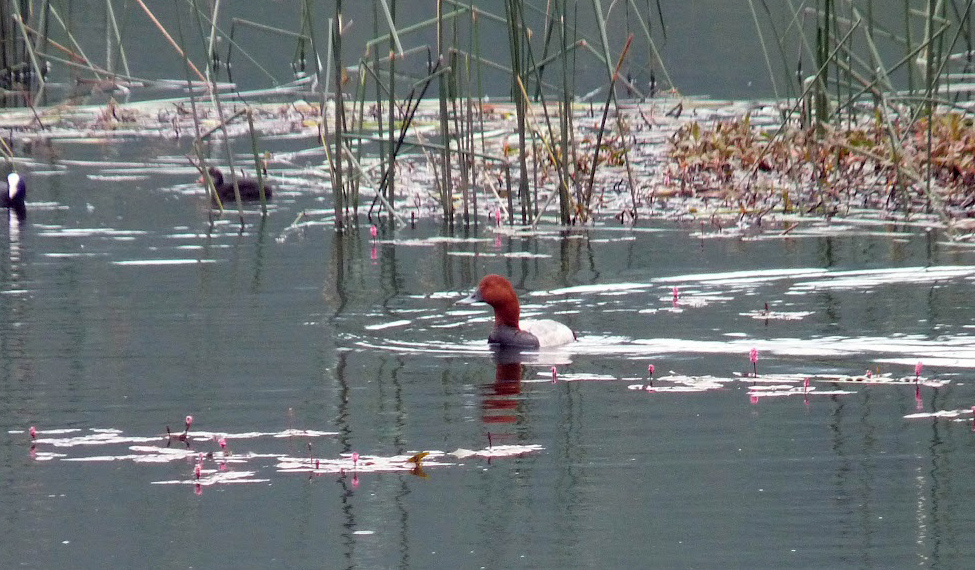
MAIN ATTRACTIONS
A spectacular permanent shallow lagoon fed by groundwater and rain, and breathtaking landscapes eroded by wind and water. The intense red color sand deposits create a geological formation popularly called "La Plaza de Toros" (The Bullring).
Talayuelas Lagoon owes its importance to the particularities of its waters and its landscape, as well as its varied flora and fauna, constituting a real island of biological diversity. This freshwater lake is an excellent representation of seasonal wetlands, settled on land of sand and clay. It's a pretty fragile ecosystem, since it has very little depth and it can be easily drained. Destruction, dewatering and irreversible alteration of a substantial number of these types of wetlands, increase the value of which are still preserved, as it is the case of this beautiful lagoon.
WHAT WE’LLL SEE
Large numbers of birds use the lagoon, having detected the nesting of the little grebe, mallard, water rail, waterhen and coot as well as the wintering of the heron and mallard, among other species. Due to the richness of the underwater vegetation of the lagoon, the community of amphibians and reptiles is of great interest, highlighting the presence of the Spanish ribbed newt, whose population is not very important in the province but it is here.
ACCESS
Open access. Tayuelas is next to the road N-330, 110 kilometers southeast of the capital. The nearest motorway is the N-III and it is 37 kilometers from the town.
From Talayuelas, take the N-330 Sinarcas direction, after 2.7 km, take a path that goes to the right passing through an area of almond trees and vineyards, after 2 km along this road, turn right, where there are 3 roads, go along the central road and after 600m you will see the Talayuelas Lagoon.
MOST SUITABLE VISIT TIME. WHAT TO TAKE
In autumn and spring you will enjoy the lagoon with more water. Bring comfortable clothes and footwear, as well as a camera if you want to capture the beautiful panoramic of the place.







